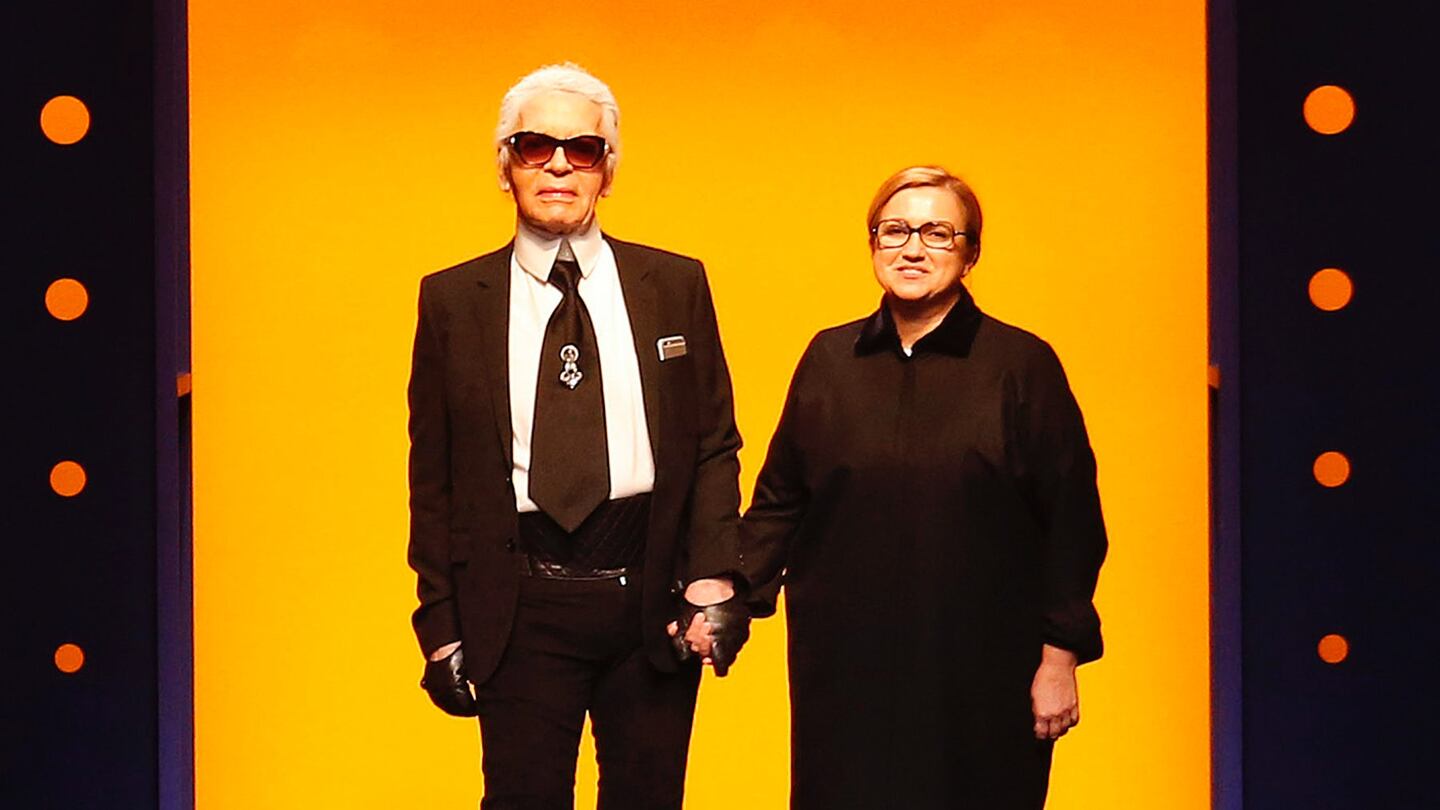
The Business of Fashion
Agenda-setting intelligence, analysis and advice for the global fashion community.

Agenda-setting intelligence, analysis and advice for the global fashion community.

MILAN, Italy — As the fashion industry continues to debate when and how to engage consumers — and the merits of direct-to-consumer fashion shows, in particular — Karl Lagerfeld spoke to BoF about his own ideas on how direct-to-consumer strategies might co-exist with a more traditional approach to staging runway shows.
"It's a mess," said Lagerfeld backstage after the Fendi show, when asked about the lack of consensus amongst members of the fashion industry in the US, UK and Continental Europe on the value of consumer-facing fashion shows, which have been met with considerably more enthusiasm in New York and London than in the European fashion hubs of Milan and Paris, where the president of the Fédération Française de la Couture du Prêt-à-Porter des Couturiers et des Créateurs de Mode, Ralph Toledano, recently rejected the idea of aligning fashion shows with retail drops.
"I can show my collections and sell them and give people the time to make their choice, to order them and to make them beautifully produced and editors can photograph them. If not, that's the end of everything," said Lagerfeld, coming down against 'see now, buy now' fashion shows and echoing the conventional wisdom in Europe's luxury fashion industry.
"People who have 300 shops like Fendi can do it, but then you have to make it already six months before, show it to the editors and somebody will see it anyway... that's impossible," he continued. "And people who have no retail shops, well, they don't know what to do."
ADVERTISEMENT
But Lagerfeld is not against a more immediate approach altogether and says he already creates one under-the-radar collection at Chanel which goes straight into retail stores without first being shown to press or external buyers. "The world is changing — not always for the best — but we have to follow the changes and the Internet, but there is a way of doing it, you know? It's not just about talking bullshit."
"Chanel makes six collections per year, but I make already one — the capsule — that is not shown to the press, to nobody. The day it comes out is the day the stores get a document. Now I want to do something else — perhaps it's too early to talk about it — to make a special collection only for the [Internet]. Fifteen things, you buy them and you get them immediately."
Ostensibly, this would be different from what Lagerfeld creates for the runway. Indeed, the designer is unlikely to use runway shows to showcase more commercial looks. "I like the idea that when you see something and you don't know what it is," he said, speaking of the gorgeous jacquards that closed his show. "You think it's leather, but no it's not leather. The way it's done, it's a technical miracle."
From analysis of the global fashion and beauty industries to career and personal advice, BoF’s founder and CEO, Imran Amed, will be answering your questions on Sunday, February 18, 2024 during London Fashion Week.
The State of Fashion 2024 breaks down the 10 themes that will define the industry in the year ahead.
Imran Amed reviews the most important fashion stories of the year and shares his predictions on what this means for the industry in 2024.
After three days of inspiring talks, guests closed out BoF’s gathering for big thinkers with a black tie gala followed by an intimate performance from Rita Ora — guest starring Billy Porter.